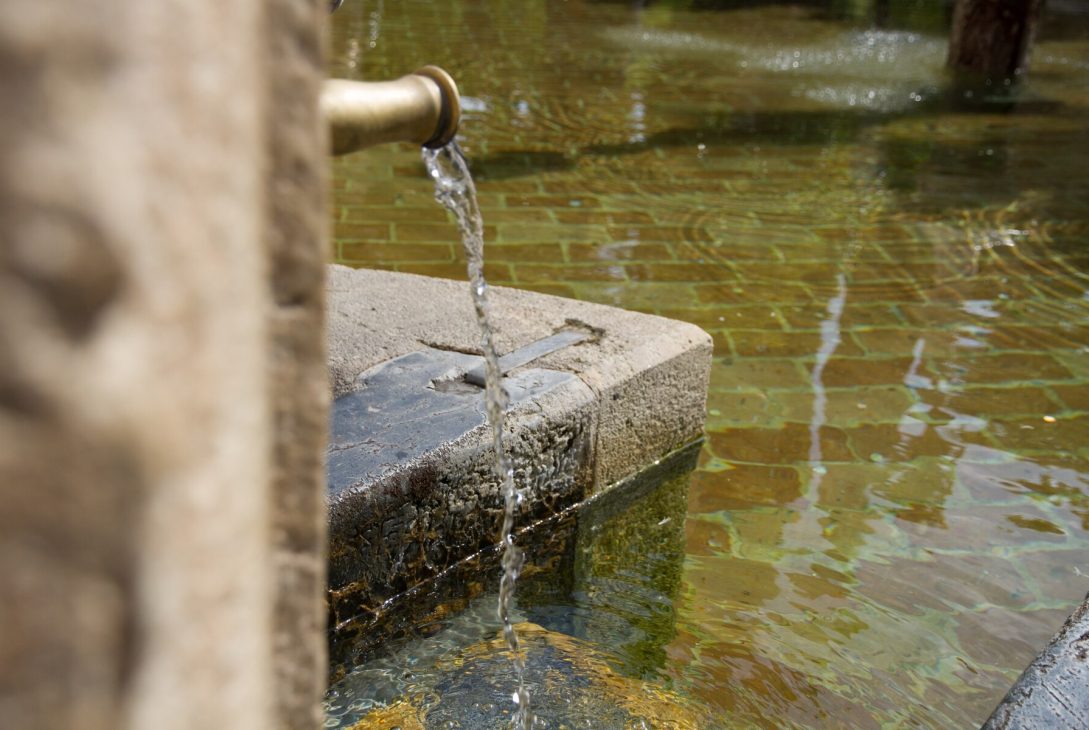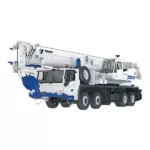MBR Wastewater Treatment: Benefits and Applications
In the quest for more efficient and effective water treatment solutions, Membrane Bioreactor (MBR) technology has emerged as a game-changer in this particular industry. Reseachers have found that combining the processes of biological wastewater treatment and membrane filtration offers more advantages over conventional methods. In this blog, we explore the benefits and applications of MBR wastewater treatment and how it is transforming the landscape of water management.
Benefits of MBR Wastewater Treatment
Superior Effluent Quality
One of the most significant advantages of MBR wastewater treatment is its ability to produce high-quality effluent that meets stringent regulatory standards. The membrane filtration process effectively removes suspended solids, pathogens, and other contaminants, resulting in exceptionally clear and clean water. This superior effluent quality makes MBR an ideal solution for reuse applications, such as irrigation, industrial processes, and even potable water production.
Compact Footprint
MBR systems require less space compared to traditional wastewater treatment plants. The integration of biological treatment and membrane filtration into a single process reduces the need for multiple treatment stages and large settling tanks. This compact footprint is particularly advantageous in urban areas or regions with limited land availability, allowing for efficient use of space without compromising treatment performance.
Enhanced Process Stability
MBR technology offers improved process stability and flexibility, making it highly effective in handling varying wastewater characteristics and flow rates. The nature of the membrane filtration system ensures consistent performance even under challenging conditions, such as shock loads or fluctuations in influent quality. This reliability translates to reduced operational disruptions and maintenance requirements, contributing to long-term cost savings.
How MBR Technology is Revolutionizing Wastewater Treatment
Integration of Advanced Technologies
MBR technology integrates advanced biological treatment with membrane filtration, creating a highly efficient and streamlined process. This integration not only enhances treatment performance but also allows for the incorporation of additional technologies, such as nutrient removal and disinfection, within the same system. The result is a comprehensive and versatile solution that addresses multiple treatment objectives in a single, cohesive process.
Facilitating Water Reuse
As water scarcity becomes an increasingly pressing issue, the ability to safely reuse treated wastewater is paramount. MBR systems produce effluent of such high quality that it can be safely reused for various non-potable applications, reducing the demand on freshwater resources. In some cases, with additional treatment, MBR-treated water can even be used for potable purposes, providing a sustainable solution to water supply challenges.
Scalability and Adaptability
MBR systems are highly scalable and adaptable, making them suitable for a wide range of applications, from small decentralized systems to large municipal treatment plants. This scalability ensures that MBR technology can be tailored to meet the specific needs of different communities and industries, providing a flexible and future-proof solution for wastewater treatment.
Key Processes and Benefits of Coagulation and Flocculation
Coagulation: The First Step
Coagulation is the initial process in water treatment where chemicals, known as coagulants, are added to the water to destabilize and neutralize the charges of suspended particles. This neutralization allows particles to come together, forming larger aggregates. Common coagulants used include aluminum sulfate, ferric chloride, and polymers. The effectiveness of coagulation depends on the type and concentration of the coagulant, as well as the pH and temperature of the water.
Flocculation: Forming Larger Aggregates
Following coagulation, flocculation involves gently mixing the water to encourage the formation of larger, more settleable particles called flocs. This process typically involves the addition of flocculants, which are chemicals that promote the clumping of smaller particles into larger flocs. The mixing is done slowly to avoid breaking up the flocs and to allow them to grow to a size that can be easily removed in subsequent treatment stages, such as sedimentation or filtration.
Benefits of Coagulation and Flocculation
Coagulation and flocculation offer several benefits in water treatment:
Improved Water Clarity: These processes effectively remove turbidity, color, and suspended solids from the water, resulting in significantly improved clarity.
Enhanced Pathogen Removal: By aggregating fine particles and microorganisms, coagulation and flocculation enhance the removal of pathogens during filtration and disinfection stages.
Reduction of Contaminants: These processes help reduce levels of organic matter, heavy metals, and other contaminants, contributing to the overall safety and quality of the treated water.
Conclusion
The integration of advanced technologies like MBR wastewater treatment and the fundamental processes of coagulation and flocculation in water treatment are pivotal in addressing the growing challenges of water management. Understanding these processes and their benefits can help in selecting the right water treatment system in Malaysia to ensure the delivery of safe, clean, and reusable water. For more information and expert insights on water treatment technologies, stay connected with AlbeAdvance.







